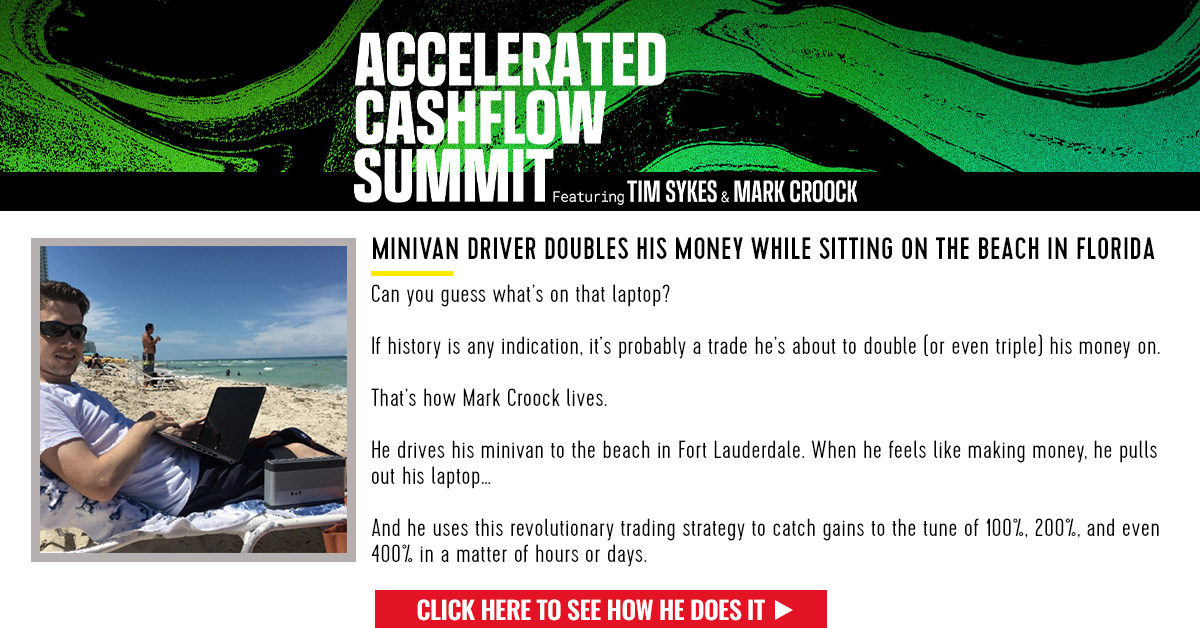Happy Friday, Evolvers!
It was a choppy week in the stock market with the S&P 500 ETF Trust (NYSEARCA: SPY) down nearly 1.5% in the past five trading days (at the time of writing).
This followed two weeks of bullish price action that saw the SPY go from $378 to nearly $400.
But just as the index attempted to test the all-important $400 level, the selling resumed…
This type of price action makes it tough to buy breakouts. Even the most experienced traders can lose their cool during a failed bounce or surprise rally.
That said, in hindsight, the rejection at $400 was a clear shorting opportunity for anyone with the foresight to see it.
Once again, a big round number became a key price level. (I’ve told you to watch for these levels many times before!)
Next week, I’ll do a deep dive into how you can navigate the choppiness in the markets.
But for now, it’s time for our Friday Q&A! Keep reading and I’ll answer your questions…
“In a recent webinar, I heard you talking about how certain stocks were ‘overbought’ or ‘oversold’ … can you explain how you determine this?”
When I say a stock is ‘overbought’ or ‘oversold’, I’m talking about the relative strength index (RSI)…
RSI is a momentum indicator that attempts to determine how ‘overbought’ or ‘oversold’ a stock is based on the volatility in price action over a certain period.
Theoretically, a stock’s RSI can read anywhere from 0–100.
But in practice, RSI tends to land between 30–70 on the vast majority of widely-traded stocks.
I’ve found that most traders I speak with track 14-day RSI (me included).
And there’s an overall consensus on where stocks begin to enter overbought or oversold territory…
In general, an RSI below 30 is thought to be oversold, while an RSI above 70 is thought to be overbought.
When I mention these terms in webinars, this is what I’m referring to.
I’m almost always looking at the RSI on the daily or weekly charts (as opposed to the 1- or 5- minute charts).
And while RSI can be a valuable indicator, you’ve gotta be careful how much importance you place on it.
I say this because I’ve seen so many momentum stocks break the general rules of RSI … stocks above 70 can continue to run while stocks below 30 can continue to dump.
No technical indicator is perfect, but RSI is worth watching on your longer-timeframe charts.
“I often hear that options trading is no different than gambling and that there’s no way to have long-term success buying options. What do you say to those doubters?”
Let me address both parts of this statement individually…
First, does options trading fall in the category of gambling?
The definition of gambling is to take “a risky action or decision…in the hope of gaining money, success, or an advantage over other people.”
So, technically, any kind of trading (or investing) is gambling by definition.
That said, the term gambling has a lot of negative connotations that don’t accurately apply to all forms of risk-taking.
Let’s conduct a thought experiment…
When I say “gambling,” what’s the first thing that pops into your head?
I’d bet (excuse the pun) that you’re thinking of slot machines or table games at glitzy Las Vegas casinos…
Well, these games get a bad rap for a good reason — the players have terrible odds of winning and face negative expected value (EV) when placing bets.
The EV of a bet is the weighted average of all possible outcomes.
To keep this simple and avoid a lot of math … Bets with poor odds have a negative EV, while bets with good odds have a positive EV.
But here’s the difference between options traders and casino gamblers…
As an options trader, you aren’t limited to a casino full of table games with a negative EV.
There’s a wide variety of options trading strategies. Some have low risk and low reward (i.e. safe bets) … the kinds of games you won’t find in casinos.
Ultimately, your success as an options trader comes down to how you choose the bets you make.
(This is the answer to the second part of your question.)
Overtrading subpar setups? Get ready to watch your account fizzle into oblivion…
But if you focus on making calculated, positive EV trades with conviction … then, of course, long-term success is attainable. (Just look at my profit chart for proof!)
Final Thoughts
Have a great weekend, Evolvers!
This market can send mixed signals that will scare you out of your positions — even if the price movement eventually works out as planned.
It’s important to trade smart so that you can protect yourself during this volatility.
Wait patiently for ideal setups. Keep your positions small. And don’t chase alerts or enter trades you haven’t prepared for.


